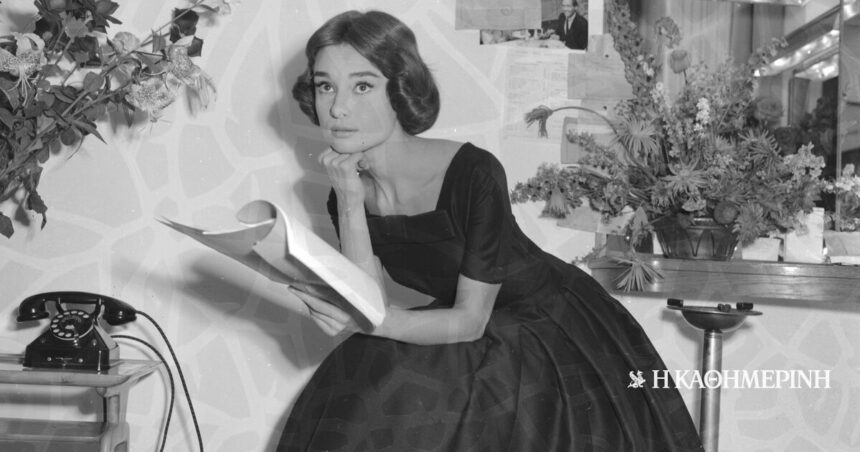“It looked like a table of Montillian whose colors are still fresh …”. This phrase once described the legendary photographer Cecil Bitton as well Audri Hepburn. On January 20, 1993, the “teenager” of American cinema, incarnation of femininity and elegance, left her last breath at her home in Switzerlandat the age of 63, after a battle with a rare form of cancer.
Born as Audrey Kathlene Raston on May 4, 1929 in Brussels, her early years were marked by hardships: During her World War IIhe lived in the Nazi occupied Netherlands. She also treated the hunger of the time and witnessed the atrocities of war, experiences that shaped her deep empathy for others and her subsequent commitment to humanitarian works.
Her emergence began after the war, when she moved from ballet to acting, leaving her mark indelible to Hollywood. In 1953, her interpretation of a princess if in the movie “Holidays in Rome” gave her the Oscarestablishing it as a star of cinema. It followed roles in emblematic films such as “Breakfast in Tiffany”, “My Nice Lady” and “Sabrina”, consolidating her position as a legendary of Hollywood. The elegance was a hallmark of Hepburn, embodied by her collaboration with designer Yber de Zivanci and made her a global image of style.
After retiring from acting, he was devoted to humanitarian efforts and became UNICEF’s goodwill ambassador.
But it was Hepburn’s job beyond the screen that set her last years and shaped her legacy. After retiring from acting in the late 1960s, she devoted her to humanitarian efforts and became her goodwill ambassador UNICEFin 1988. With this role, he traveled to some of the poorest areas of the world, defending children’s well -being and raising public awareness of issues such as malnutrition, the importance of accessing clean water and education. Her empathy and her sincerity were deeply popular worldwide, leaving her to a tireless advocate of the non -privileged.
Despite her illness, she continued her humanitarian work, traveling to Somalia -mingled.
Her recent months have proven her resilience. In 1992, Hepburn was diagnosed with a rare form of cancer. Despite her illness, she continued her humanitarian work, traveling on the Somalia -struck Limalia and seeing firsthand the devastating conditions that prevailed there. Her commitment to helping others remained steadfast, even when facing her own health challenges.
Hepburn’s death on January 20 was the occasion for abundance from all over the world. Her friends, colleagues and fans commemorated not only her artistic achievements but also her remarkable courtesy and humility. Gregory Peck, co -starring in the movie “Holidays in Rome”, made a moving television tribute, reading her favorite poem, “Uneding Love” by Rabidranath Tagor.
It is certain that, whether she fascinated the audience with her interpretations or worked to relieve human pain, Audrey Hepburn embodied a rare combination of talent, elegance and sensitivity. More than three decades after her death, she remains inspiration for everyone – a bright figure whose heritage continues to shine vigorously.
Column: Myrto Katsigera, Vassilis Minakakis, Antigoni-Despina Poumenidou, Athanasios Syroplakis







